
Changing Times For Sea Angling

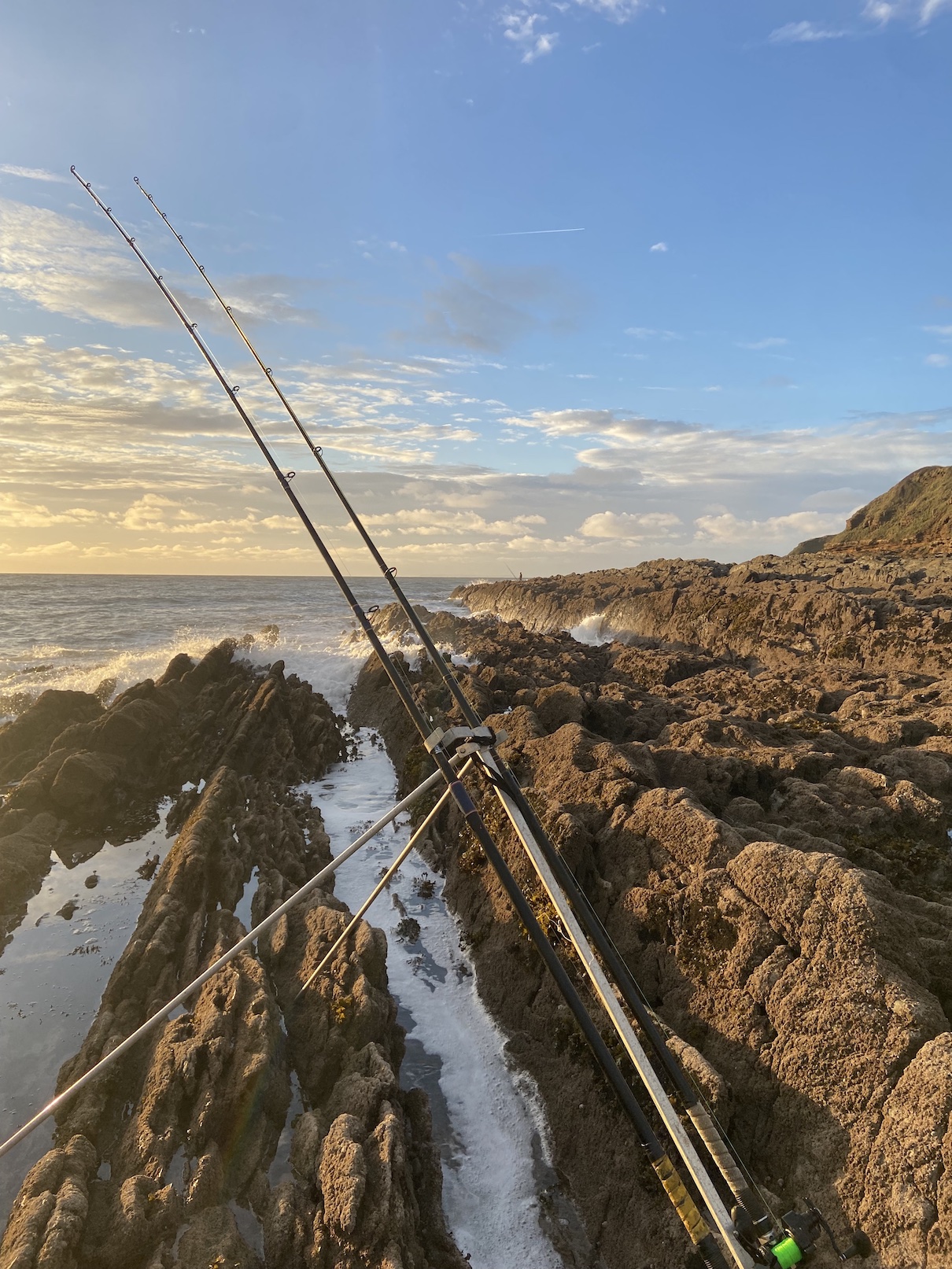
I fished a North Devon Rock mark with Combe Martin SAC secretary Nick Phillips it was due to be a club competition but we were the only two members fishing and in the circumstances decided to just enjoy an afternoons fishing.

 http://www.highstreettackle.co.uk
http://www.highstreettackle.co.uk
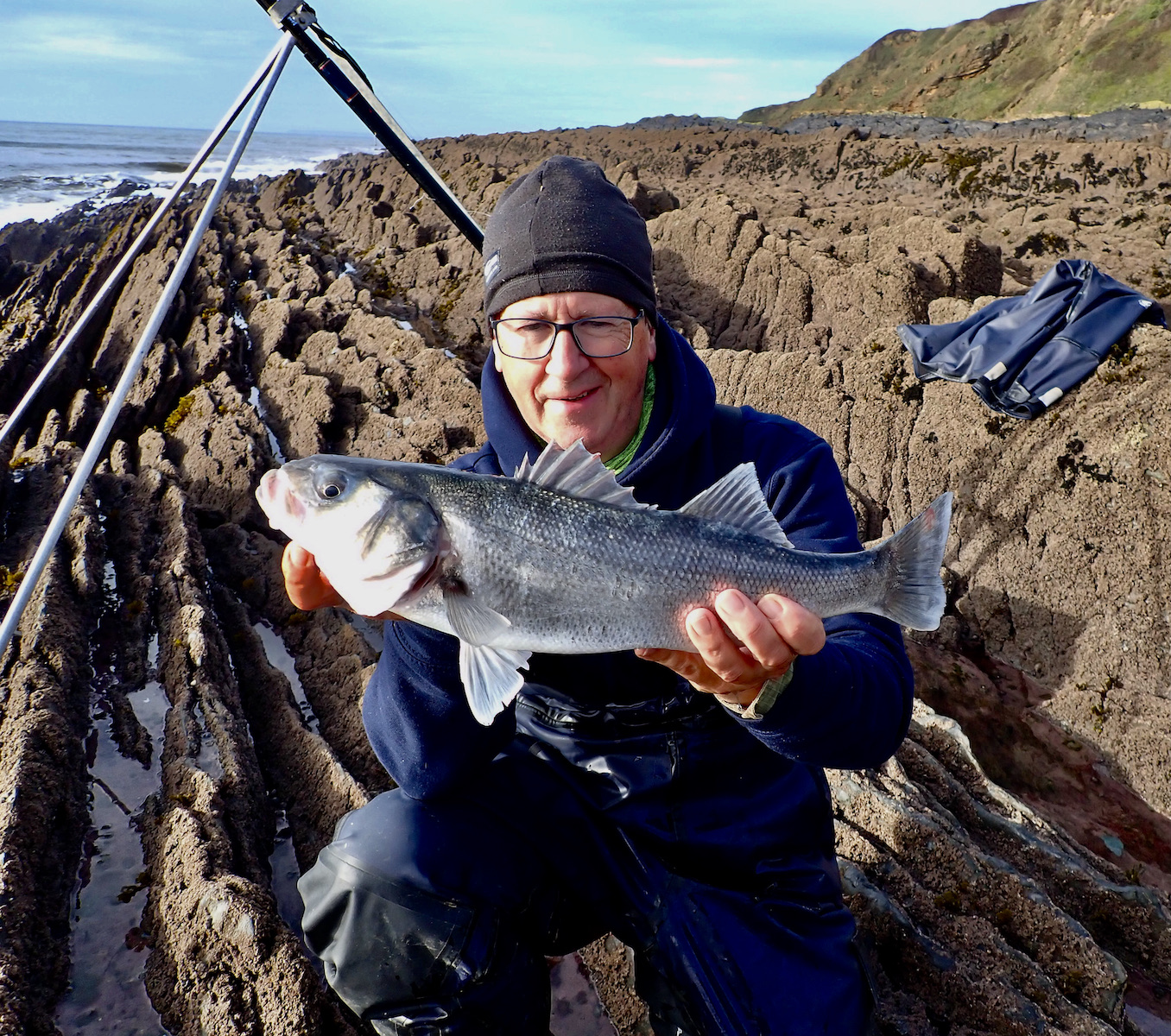
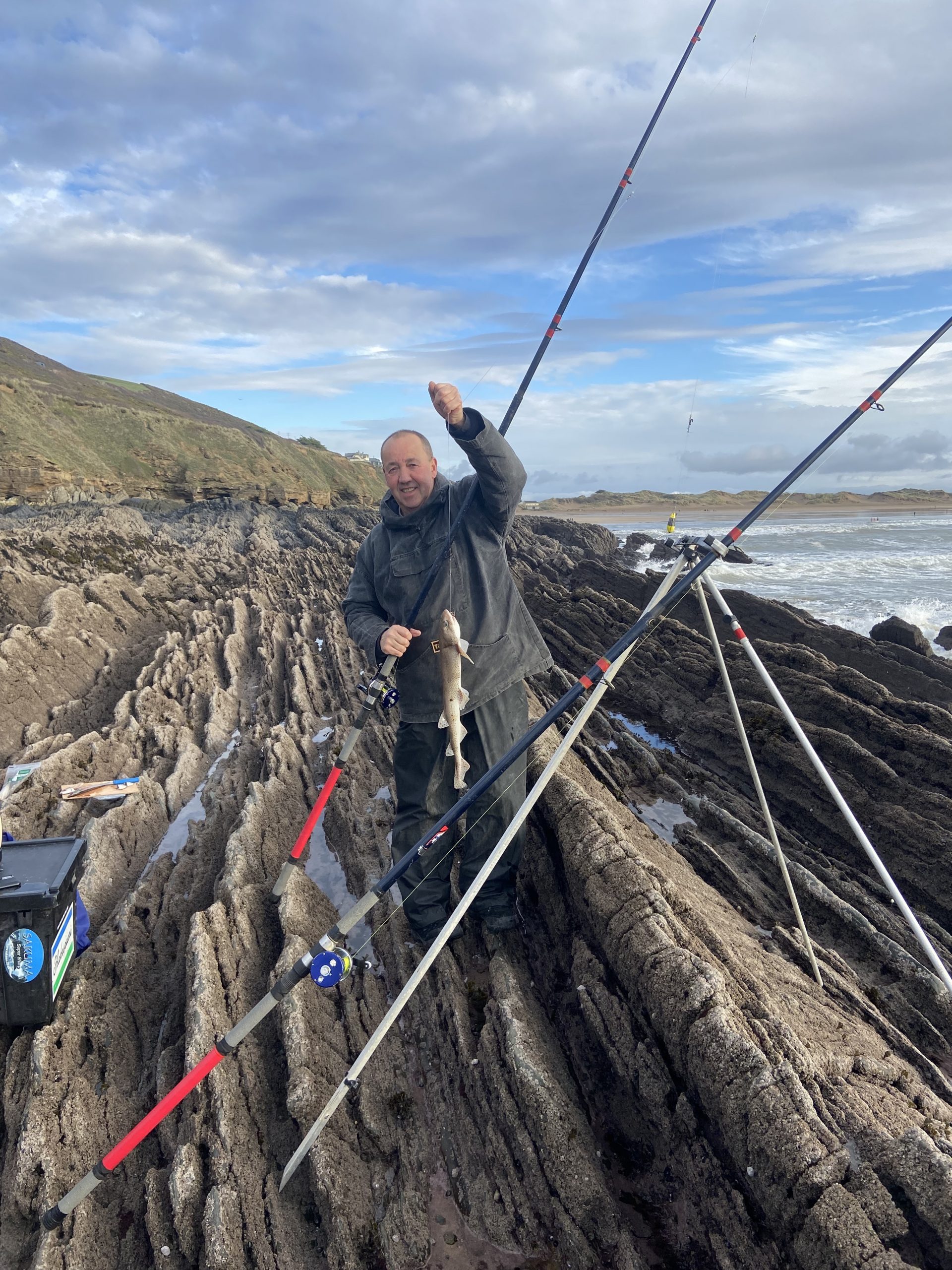
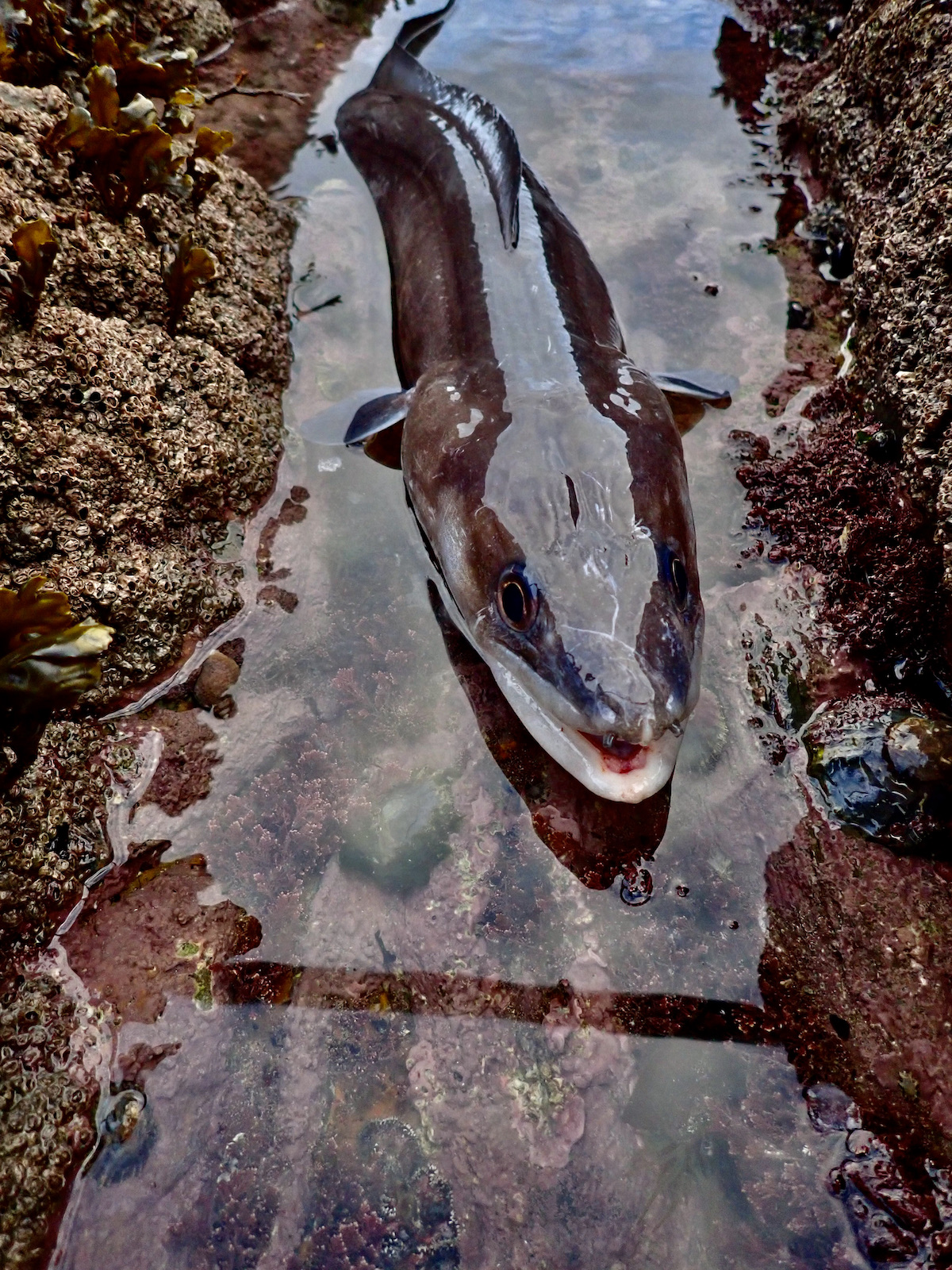
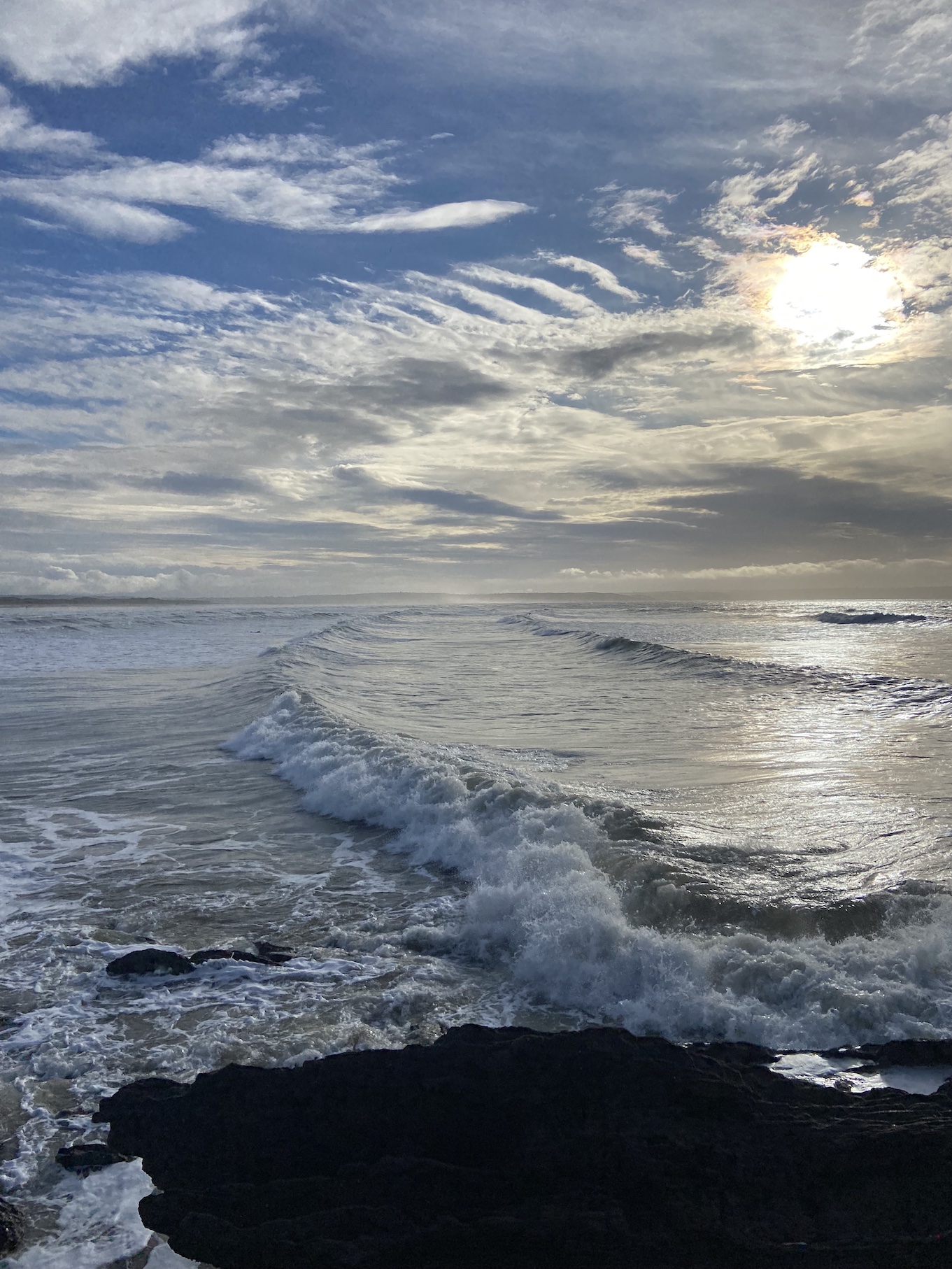
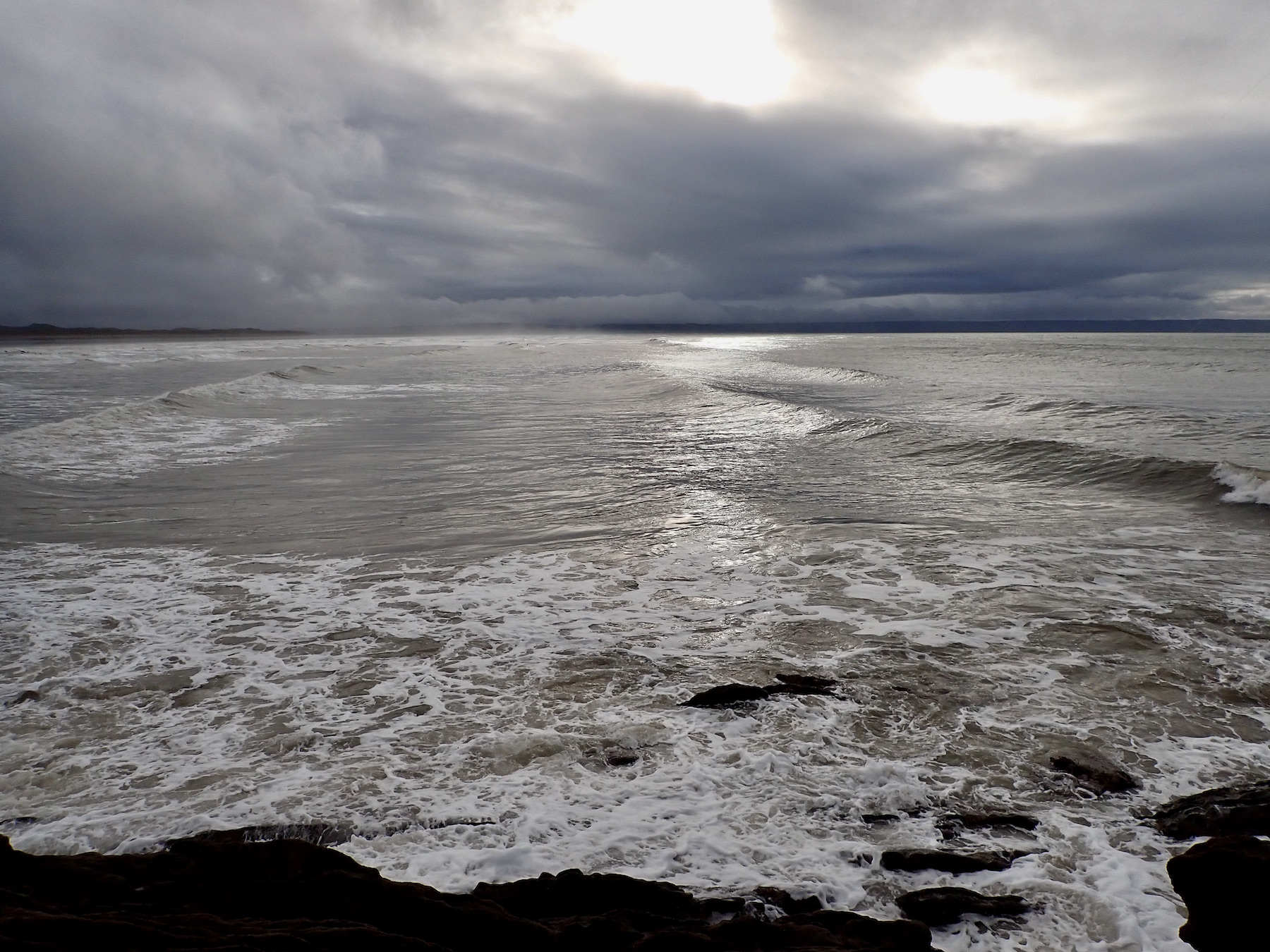
It was after all a pleasing day with sunshine reflecting from the sea as a good surf rolled in. There were a good number of surfers enjoying the day and another couple of anglers were fishing the mark.
I reflect upon a few things that have changed over recent years. For there has been change in both the fishing and the anglers that fish. Are the two related perhaps or is it social behaviours that have radically changed?
The mark we were fishing will be recognised by many who read this post and some may well criticize me for blatantly revealing where we were fishing. I generally maintain a degree of discretion when posting images as many worry about large numbers of anglers descending upon good marks. But how big an issue is this these days? Yes keeping good marks under wraps is probably sensible but looking back to previous decades there was often intense competition to secure the top marks.
If you had fished this mark in November thirty years ago cod would have been the target species but at present cod are virtually non-existent along the open coast. In the 1980’s through until the mid 1990’s open coast marks like Capstone would be fished by anglers from all over the West Country. If you wanted to get a space you would have to get there early morning or at least a few hours before the tides peak.
Weekend sea angling club competitions would attract good numbers of anglers. Many of my generation will remember with fondness the weigh-ins on a Sunday night at the Bastille in Ilfracombe when twenty or thirty anglers would gather around the scales. In recent years local sea angling clubs struggle to attract more than half a dozen competitors.
Whilst the decline in cod may have impacted upon Winter fishing there are other species that have filled the niche with bass, ray, bull huss, spurdog and tope now caught pretty well all year.
It‘s not as simple as a decline in fish resulting in less anglers for I believe society has changed dramatically. The normal working week of Monday to Friday has been replaced with more seven day working. This has undoubtedly impacted upon competitions. The cost of living also impacts as does the cost of fuel and bait.
Access to the coast is also a worrying issue as more marks are closed off to anglers. Parking is both expensive and restrictive with night fishing at some marks now impractical.
Another factor that is impacting upon angling is the aging dynamic of anglers with the number of new young anglers in decline. The majority of anglers I know are over fifty whilst twenty years ago there were plenty of anglers in their twenties. Angling is recognised as good for mental health and brings participants close to nature.
What is the future of angling? It has been a big part of my life for close to sixty years and I would like to see it flourish into future decades. So what would reverse the decline in angling and bring a new generation into the sport?


Barnstaple & District Angling Club – 2025 Report

| Well the game catch report speaks for itself but as ever there were still enjoyable days to be had with our resident brownies. There were a few fish showing early in the year but only one good salmon landed to our knowledge. There were a few reports of the one that got away (and mine was obviously the biggest) but once again we had such low levels and high water temperature that on a couple of occasions we took the advice and asked for a cessation from fishing. We measured the temperature at 5 sites from Kingford bridge to Barnstaple and the further down we tested the higher the temperature we actually had a range from 18 +degrees at Kingford bridge to a peak of 24 degrees at Barnstaple bridge. This testing was part of the sampling of DNA for the Shad project run by West country rivers trust and hopefully it may even indicate what else is in the river. When the rain did come in late summer, much to every one’s amazement ,over 40 good size fish were landed upstream from the bridge during September. They were seen in bridge pool after the 3 day spate in late August and settled a little further up. They were all heavily coloured and had clearly been around a while but it was heartening to know they were there at all. These quantities landed were due to the beat above the bridge being fished by many anglers every day for a month! There is a suggestion the fish may be spawning in the streams further down rather than going way up to the traditional redds but there isn’t any hard evidence at the moment. There was enough water and they could have gone further up but chose not to so that might be worth further investigation . The WRT told me the netting count up at the known redds was very encouraging with more than expected so hopefully we’ll see the results of that in future years.
For yet another season we haven’t seen any sea trout of any size and nobody seems to have an answer to that. As the Brownies get bigger I’ve heard a suggestion they didn’t go to sea in the first place but there are lots of theories to contemplate. We have had a few poaching reports and have chucked out a few people spinning but it seems we have got on top of that . As you may know we have trail cameras up, mainly for litter and fly tipping and we know the word is out. There have been quite a few successful fly tipping prosecutions due to the footage sent to the council and it has reduced substantially so that has been a great result . Dave and Adi built a useful bridge at Newbridge to access the track up to the car park and they managed to get a steel fire escape across the river at Gandys to improve access and Handrails are to follow.
Once again our first day meet/BBQ at the club hut was really well attended with some coming from many miles away but they all said it was worth it as game fishing can be a solitary affair and it’s lovely social day to swop stories/lies of past achievements. We’ll do it again next season for sure and with a bit of luck may even see a fish. As you know we have volunteers strimming and clearing most of the year but it can be hard going and it would be helpful if we called for working parties on specific dates. We haven’t really sorted that out before but next season we will call for help before it gets out of hand. Assume it would be weekends and any help would be much appreciated. I know people are looking after Aller too and that is appreciated by the course anglers .
The AGM was well attended as ever and an interesting talk from WRT regarding Shad survey and other river issues held every ones attention. Tony Watkins held an auction of a few items with the proceeds going to the air ambulance charity as due to the remote places we find ourselves in we might well need them one day. Thanks to those who attended and we can but wish you all tight lines for 2026. To close the meeting Our president, Colin Ashby, awarded the following trophies: Committee cup for his archive work – Nick Mcmurtrie Les Hewitt shield best game fish – Scott Bowden Bass on a fly – Dave Winter Best Junior – Spike Fairchild
|

BULLDOG CHRISTMAS COMPETITION 2026
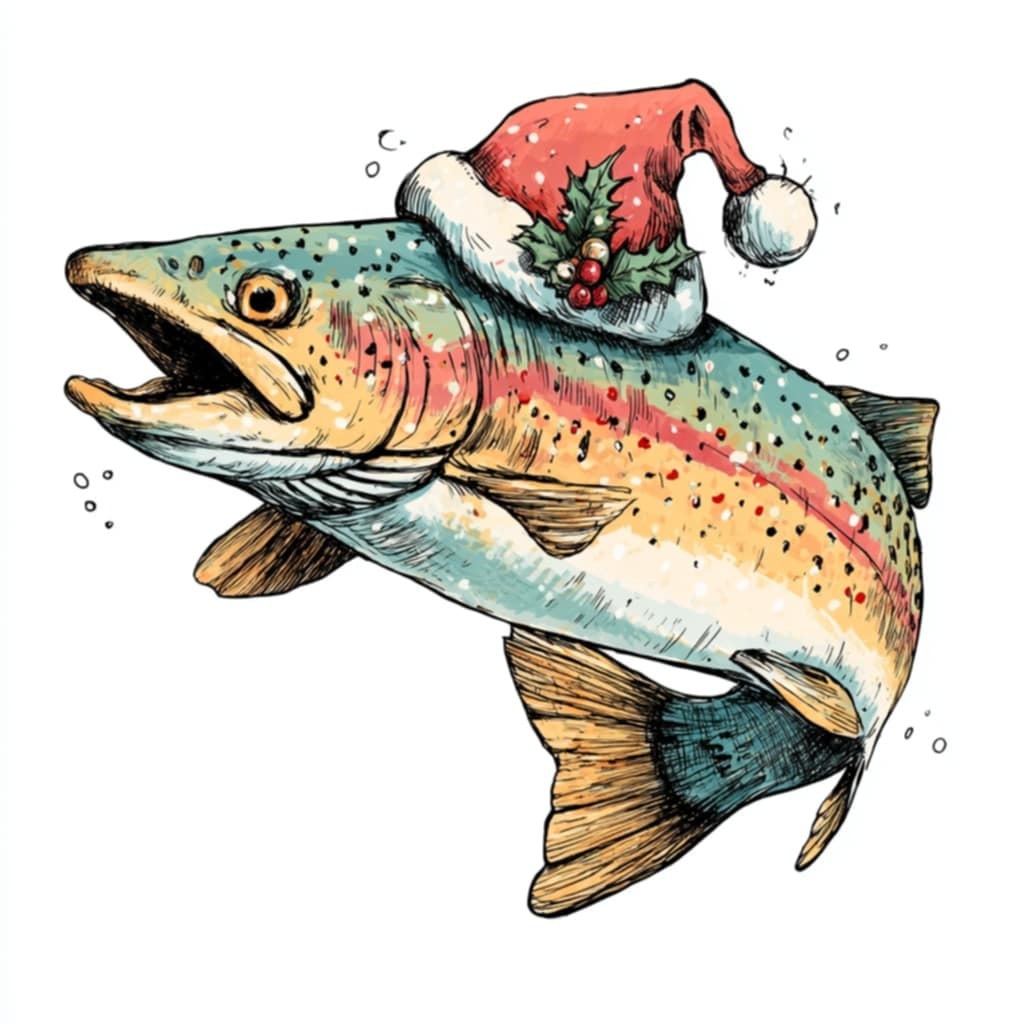
Bulldog Fisheries Christmas Fly Comp! 
 Don’t miss the Bulldog Fisheries Christmas fly comp!
Don’t miss the Bulldog Fisheries Christmas fly comp!
Barnstaple & District Angling Club – AGM 2025
Barnstaple & District Angling Association’s AGM was held at the Ebberley Arms on November 18th and a large proportion of the clubs membership were in attendance. The meeting commenced with an informative presentation from Hannah Parvin of the West Country Rivers Trust. Hannah outlined the challenges facing the rivers of the South West and in particular the Teign – Taw Fishery Management plan. Hannah outlined the work being done working with the farming community to reduce harmful impact on rivers from slurry and sediment. Adjustments to practices can have a very positive impact on the health of rivers with cost benefits from reduced lost soil and longer term sustainability. The main focus on the River Teign catchment is on removing migration blockers such as weirs.
Hannah highlighted results of recent fish fry surveys with some good news amongst the data showing good numbers of salmon fry across some areas of the Taw catchment.
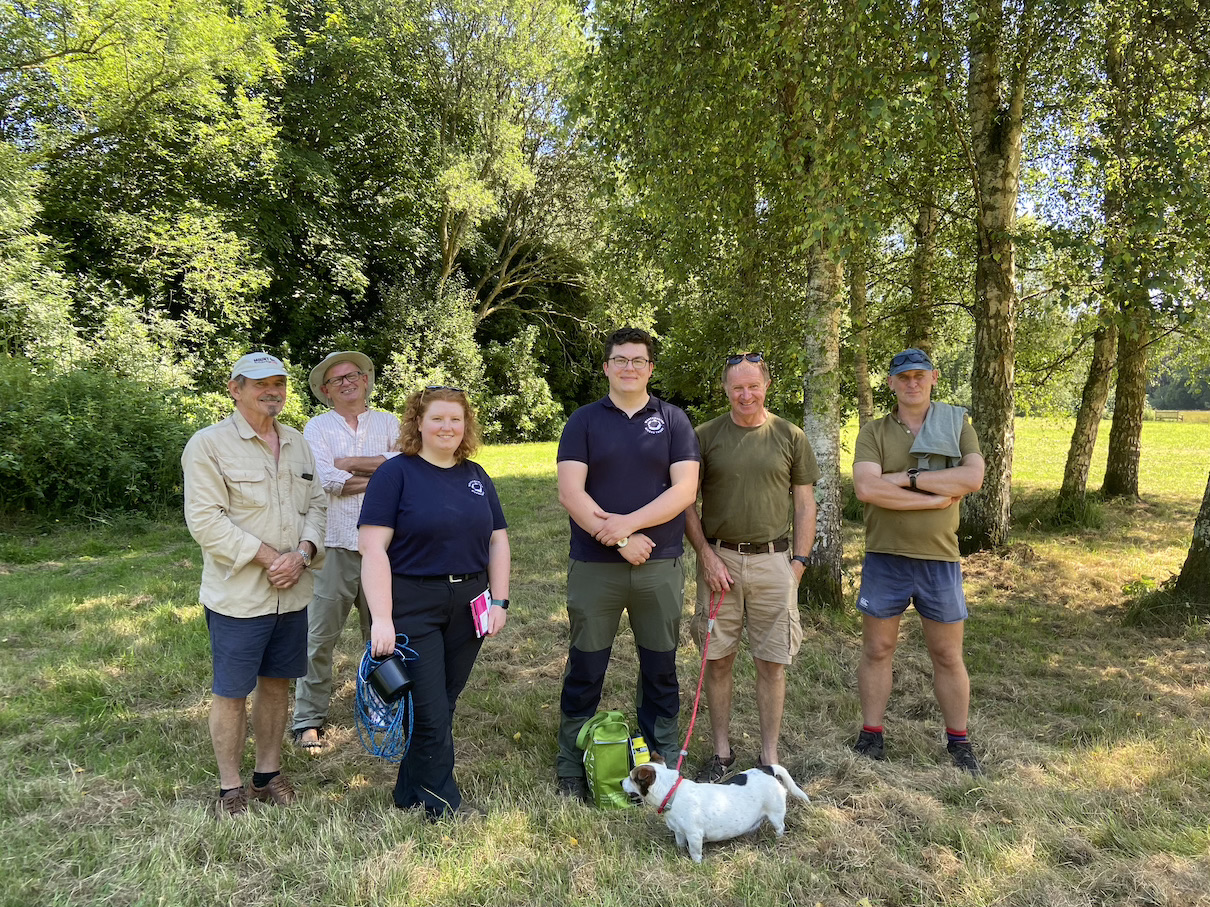
The Taw eDNA study is ongoing and it is hoped that results from this years sampling carried out by anglers trained during the summer will soon be released. In recent seasons anglers have reported significant numbers of shad caught whilst fishing for trout and salmon. The presence of a breeding population of shad could bring significant funding that will in turn benefit salmonid populations.

The Club is undoubtedly in good hands with a longstanding and hard working committee good it is good financial health and has a strong membership. The club owns two stretchs of fishing on the Taw with salmon and trout along with a delighful coarse fishing lake at South Aller.
The 2025 salmon fishing season was hampered by low water levels and high temperatures. The last month of the season brought an encouraging number of salmon caught by anglers fishing the Lower beats above the club water. Close to forty salmon were caught between Newbridge and Umberleigh with only a handful of fish caught from higher beats despite good water in the closing weeks. Most of the fish caught were believed to have been in the river for sometime and had become active with a rise in water levels and oxygen.
The club has resurrected several of its old trophies and three trphies were presented on the night. Dave Winter was awarded the bass on the fly trophy for a bass reported at 8lb in Trout & Salmon magazine. The fine bass was tempted over a mile above the tidal limit.Scott Bowden received the Salmon Trophy and Nick McMurtrie was awarded the committee Cup for his sterling and meticulous work as club archivist.
The evening was an enjoyable social occasion that brought its membership together with a very positive vibe despite the challenges that face our rivers. An auction of fishing books and memorabilia was held at the end of the meeting with proceeds going to the Air Ambulance.

North Devon Match Group at Stafford Moor

North Devon Match Groups latest Match at Stafford Moor was split between Tanners and Woodys with a chilly easterly wind it certainly did put the fish off feeding
Our winner overall was Dave Woods who was on peg 10 tanners catching short on pellets and down the edge on bunches of maggots
Tanners
1st Dave Wood 81lb
2nd Paul Morris 71lb
Woodys
1st Peter Horton-West 52lb
2nd Philip Bailey 48lb


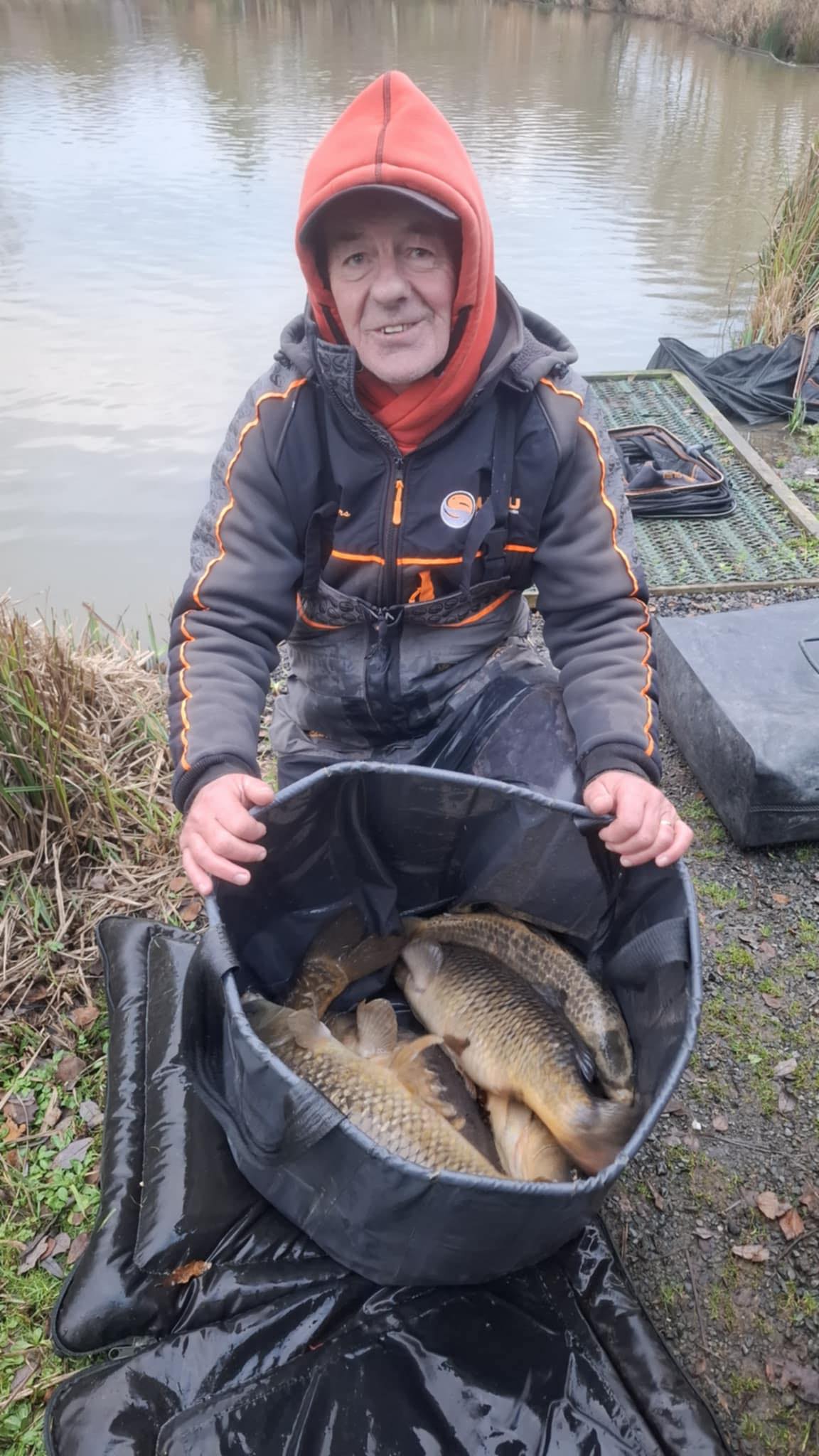

SEA ANGLING NEWS
November can be an excellent month for sea angling along the North Devon Coast with many fine specimens historically caught as we move towards winter. Bass, bull huss, tope, conger and ray are all likely to be caught by those prepared to invest the time and effort.
Bidefords 48-hour results
1st – Dale Kiff Bass 6lb 14oz 98.214%
2nd Stephen Found Spotted Ray 3lb 11oz 81.944%
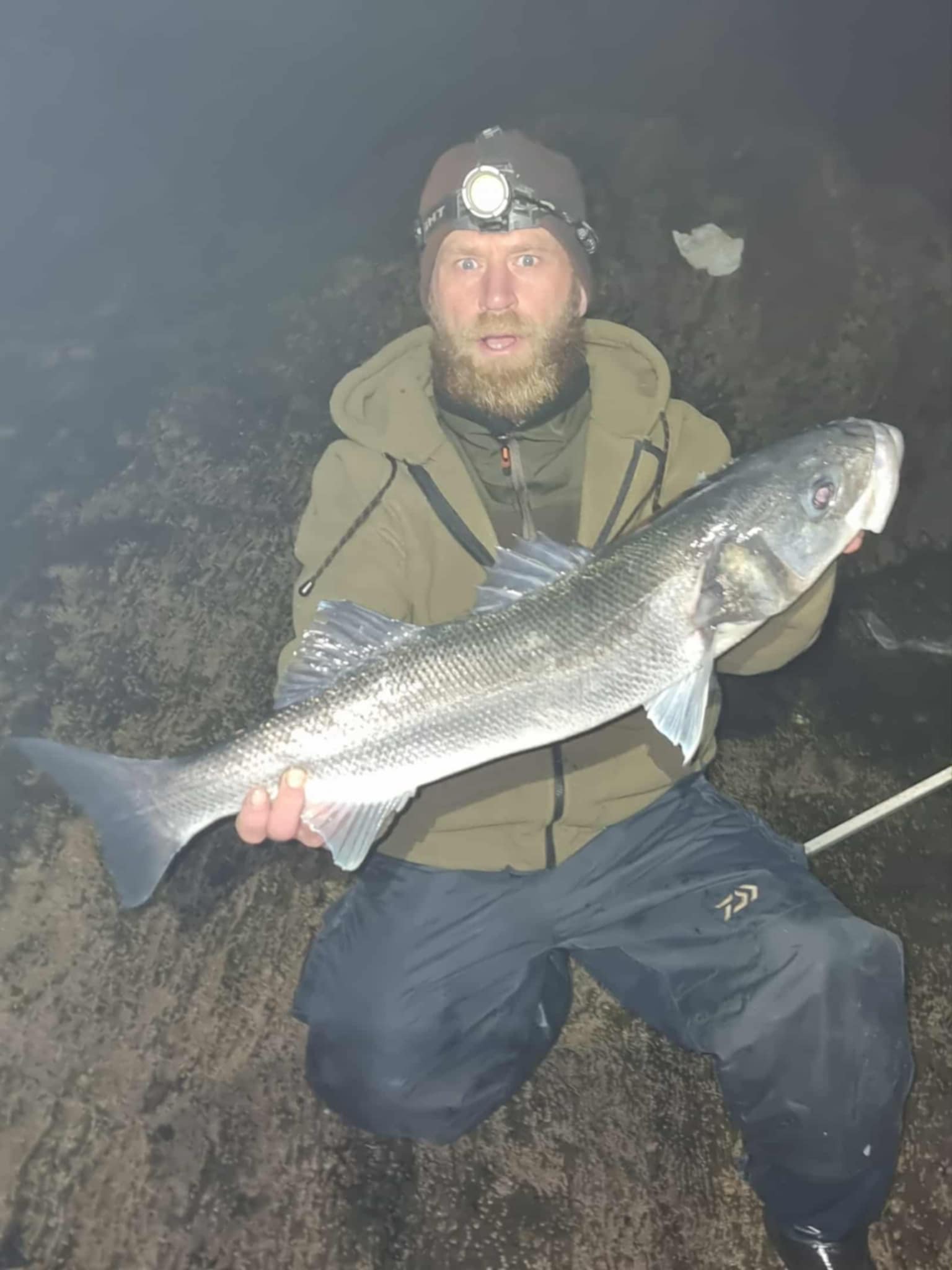
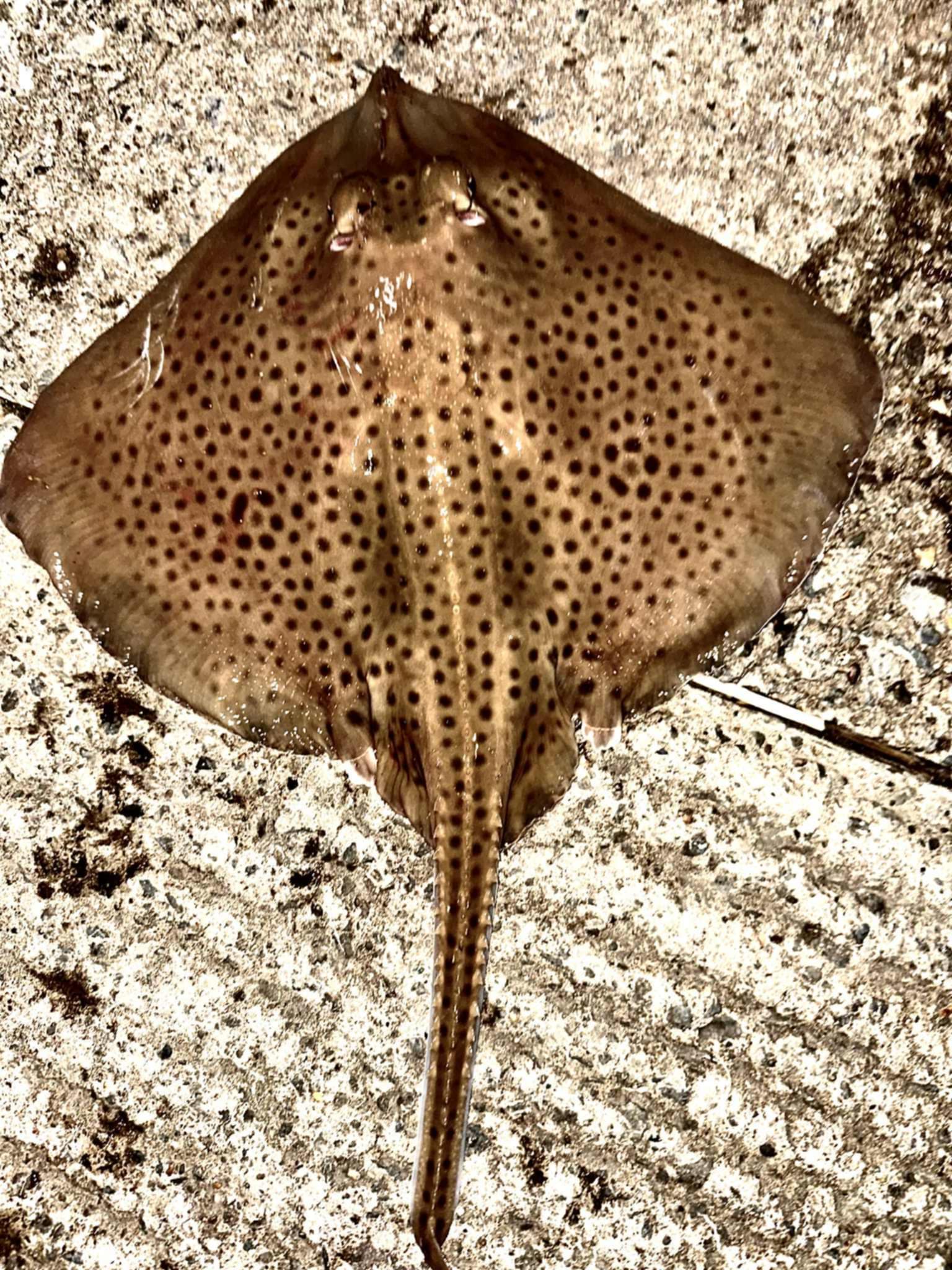

Combe Martin SAC member Shane Hookway has enjoyed success on recent trips landing a ballan wrasse of 3lb 5oz and a bass of 4lb 2oz.


Specimen Flounder takes top spot

Twenty eight anglers fished a friendly match at Fremington organised via Bideford’s Polyfield centre. The winner was Tony Gooch tempting a fine flounder of 2lb 2oz the biggest I have heard of so far this season. Paul Simmons was runner up with a flounder of 1lb 3ozs and David Jenkins third with a flounder of 1lb 2ozs.

South West Lakes Trust Trout Fisheries Report November 2025
South West Lakes Trust Trout Fisheries Report

November 2025
The Trust’s Brown Trout fisheries have now closed for the 2025 season, while the Rainbow waters will stay open until the end of the year – check the South West Lakes Trust website for current ticket price offers. The drop in temperatures and the recent winds and rains have meant that water temperatures continue to fall, while levels continue to rise, except for at Kennick, where South West Water has lowered the levels for operational reasons.
Fishing:
Kennick – The level here is now down to 15% capacity, which means that there are a lot of newly exposed muddy banks – anglers should check for the latest information regarding boat availability and any bank closures (due to soft mud). The East Bank, The Lawns, Kennick Bay and Boat Bay have continued to produce some good sport, with either floating, sink-tip lines and long leaders, or intermediate lines with a slow retrieve producing the best results. Anglers were averaging 1.6 fish per visit. Small Black Buzzers, Coch-y-bondhus, Damsels and Diawl Bachs have all caught well, as have Silver Butchers, Whiskey Flies, Cats Whiskers, Vivas, Yellow Blobs and Fry Imitations.
Siblyback – The sport really picked up this month at Siblyback, with anglers reporting catch averages of 3.4 fish per visit. The favoured tactic was a floating line fished with a medium or slow retrieve. Rainbows rose to Foam Daddies and Hopper patterns, with sub-surface feeders taking Black Buzzers, sunk Daddies, Orange Fritz Blobs, Kennick Killers and Black and Red Cormorants. The best locations included West Bank, Stocky Bay, Crylla, The Meadows and The Stones. Water levels remained at around 38% capacity throughout the month.
Burrator – The excellent fishing at Burrator continued throughout the month, with anglers averaging 2.7 fish per visit. Productive locations included Discovery Bay, Longstone, Pig Trough, Back Bay and Narrator; fishing a sub-surface pattern with a slow retrieve on a floating, sink-tip, or intermediate line proved to be the most successful tactic. A selection of nymph patterns (Damsels, Buzzers, Diawl Bachs and Montanas) as well as lures (Viva, Orange Streamer, Baby Doll, Yellow Blob, Cats Whisker and Tadpole) all caught fish. The level is at 53% capacity at the time of writing.


Stithians – Anglers averaged 1.9 fish per visit over the month, with the best of the fishing to be found at Yellowort, Pub Bay, Mossops, Golden Lion Point and Sailing Club Banks. Floating line tactics proved to be the most productive, with most fish feeding within a foot of the surface. Popular patterns included dry Foam Daddies, Deer Hair Sedge patterns and Dry Grizzle Mink, or sub-surface Hares Ears, Black Spiders, Whiskey Flies, Orange Muglers and Orange Nomads. The water level remained at around 46% throughout the month.
Weekly ANGLING REPORT – November 13th 2025

Devon’s Largest Carp
Clint Miller has caught what is believed to be Devon’s largest carp from Angler’s Paradise’s Nirvana Syndicate. The carp known as Silverback weighed an impressive 59lb 2oz and is Clint’s second carp of over 50lb from the lake. A fishery source says, “As a fishery, we are very proud of what we are achieving across the whole site. The project will always be ongoing, but we will continue to strive to be one of the best fisheries in the country.
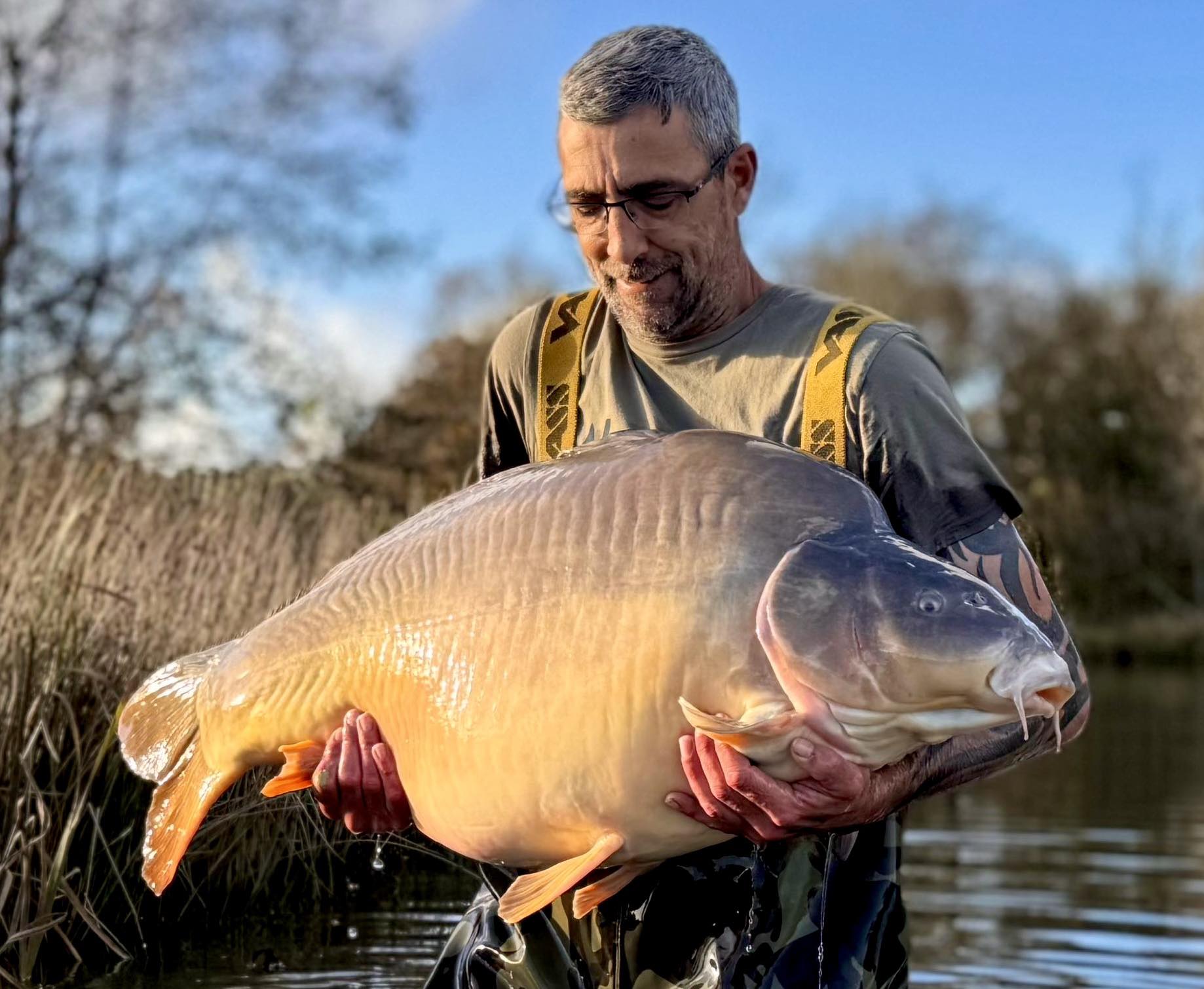
2026 will be another big year for Anglers Paradise, with plans to develop more lakes to offer outstanding fishing for all. The Nirvana Syndicate is a small piece of a big puzzle, it is meeting all expectations. We expect two 60s by the end of next year. It really is the lake of dreams!

The exceptionally mild weather so far this Autumn has resulted in ideal conditions for carp anglers across the region with good fish banked from many venues. At this time of year carp are often at their peak weight as they feed hard prior to the onset of colder weather. In the past fifty years the waters containing carp over thirty pounds have expanded with anglers expectations ever higher. The higher weights of carp is probably a result of a combination of a warmer climate, anglers quality baits and selective breeding. It will be fascinating to follow the growth rate of carp across the decades to see if this trend continues.
As we move closer to Christmas the angling competition fixture list starts to get congested as clubs and organisations hold their annual festive events. In the coming weeks Flounder anglers will be vying for success in the Taw and Torridge Estuaries. On November 30th The BBT Dan Mile Redmore Memorial Competition offers a wide selection of prizes with proceeds from the competition going to Children’s Hospice South West. Entry forms are available at Barnstaple Bait and Tackle.


Bideford Angling Club hold their popular Christmas Flounder Competition on December 14th.

Martin Turner won Bideford Angling Clubs Monthly Coarse Match at their home venue Tarka Swims with 29lb 12oz. Antony Bentley was runner up with 29lb 8oz and Nathan Underwood third with 25lb.
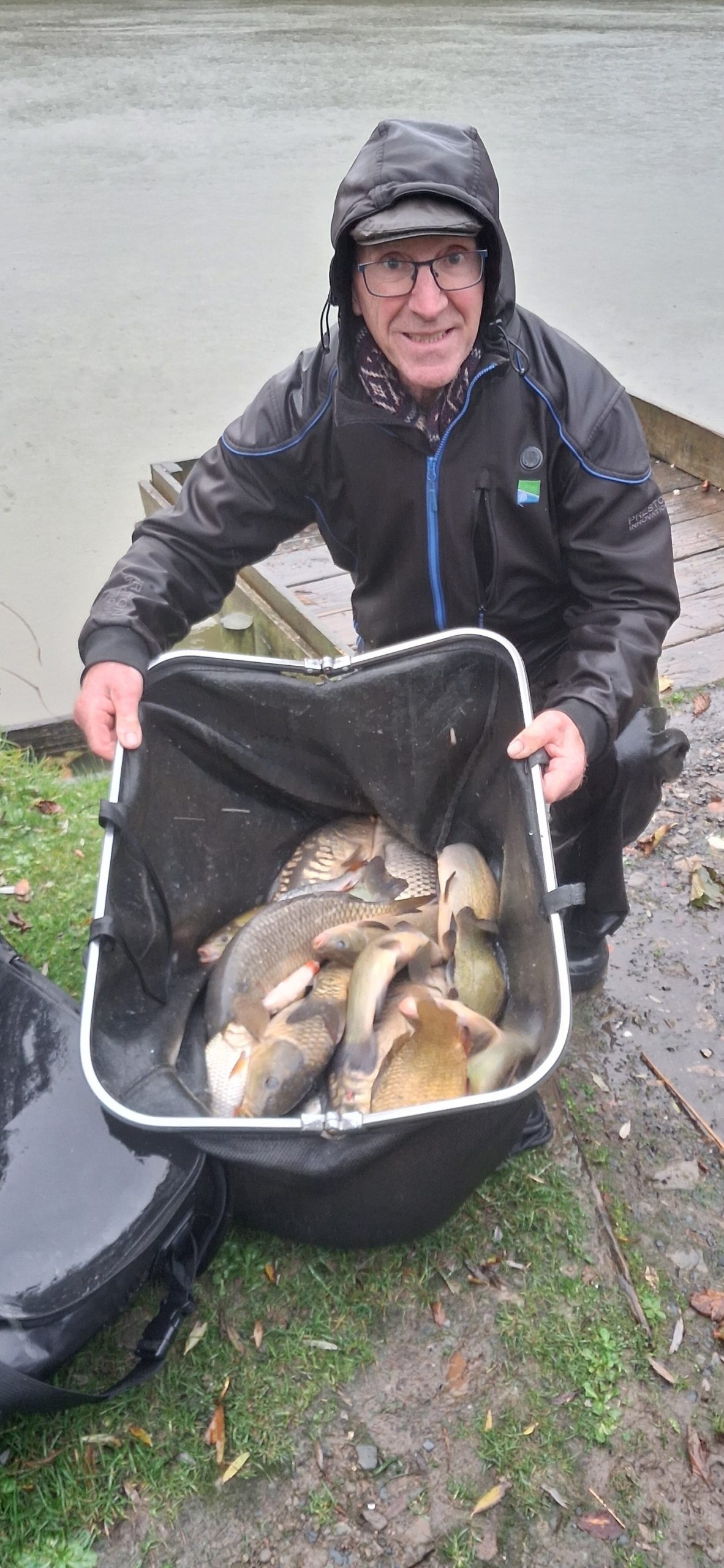
Bulldog Fishery host their latest popular Trout Fishing Competition on November 30th and event that will undoubtedly see good numbers of large trout caught by competitors.
Barnstaple and District Angling Club hold their AGM at the Ebberly Arms on Tuesday, November 18th. The Westcountry Rivers Trust are giving a presentation to members. The club has seen a significant upturn in recent seasons with a real focus on the value of their waters both game and coarse along with the natural world that thrives within.











